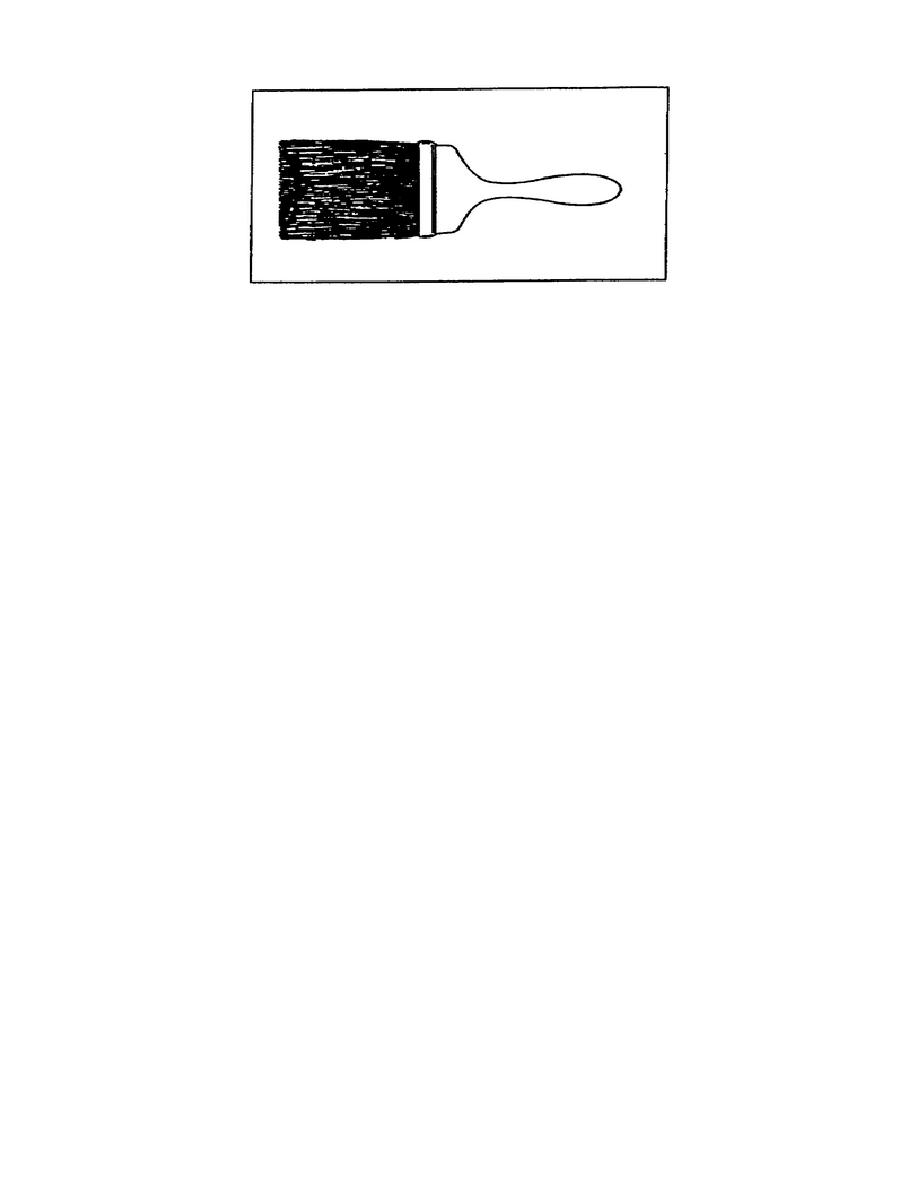
Figure 3-26. Chisel-shaped varnish paintbrush
3-5. Paintbrush Care, Cleaning, Storage, and Reclamation. A paintbrush's life span and
usefulness diminishes with improper care, cleaning, and storage. The following will help you prevent or
solve problems with paintbrushes:
a. Care.
All paintbrushes contain a few short bristles that are not caught in the brushes' ferrule.
Before you use a paintbrush, remove the short bristles by striking the bristles against the
spread fingers of your hand. Before you start to paint, dip the paintbrush in paint thinner
then shake the thinner out; thinner keeps the paint from hardening on the surface of the
bristles and makes cleaning easier.
Never stand paintbrushes, wet or dry, on their bristles. The bristles will set in a curve,
and no amount of effort will restore them to their original condition.
Never rub bristles over the edge of a container to remove excess materials, as this
procedure tends to wear or break the bristles. Instead, tap the brush lightly against the
inside of the container above the paint level.
b. Cleaning. Once material has hardened in a brush, it is extremely difficult to restore the
paintbrush to its original pliability, so you should clean paintbrushes immediately after their use. The
best paintbrush cleaners are the solvents used to thin coating materials. To clean a paintbrush that was
used in oil-based paint, you will need rubber gloves, eye protection (safety glasses or goggles), cotton
rags, a wire brush, at least a gallon of paint thinner, and a paintbrush spinner (optional)(Figure 3-27,
page 3-24).
3-23
EN0562



 Previous Page
Previous Page
